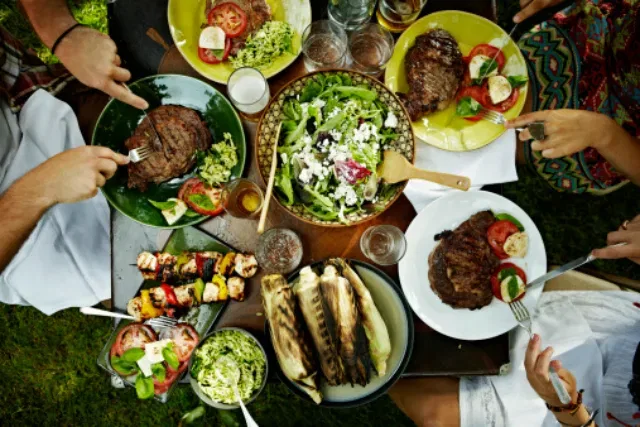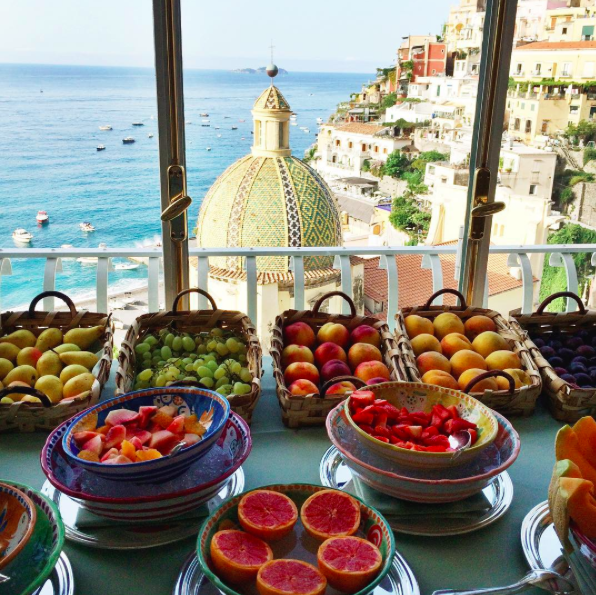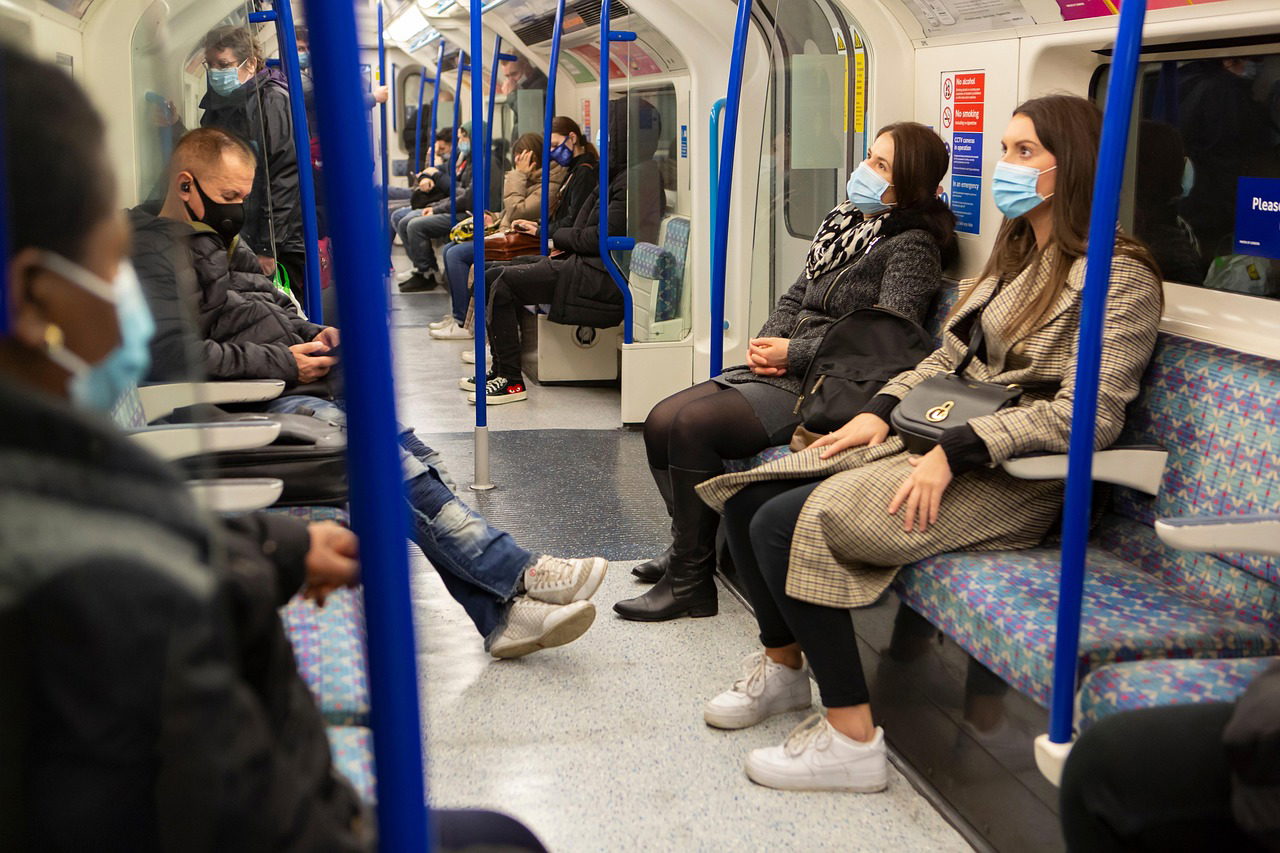The first thing that pops into your head when travelling to Italy is the word FOOD and I can’t blame you, since the Italians have been perfecting their food culture over 1,000 years to create delightful pizza margherita, creamy pasta alla Genovese and decadent ricotta gelato. The question is how do Italians manage to look so fit and slender?

According to the European Association for the Study of Obesity, the country boasts one of the lowest adulthood obesity rates in Europe (approximately 10% of the population) and it’s mostly due to their eating habits. Italians’ diet’s core clings to the consumption of fresh fruits and vegetables, homemade pasta, nuts, fish, olive oil, lots of herbs and spices, small portions and of course a little wine to savor their meals.
Then why not take advantage of this healthy lifestyle and become a little more Italian? Eating and staying fit during travelling might sound impossible, but it is not and you could actually turn it into a fun and enjoyable adventure, where you will still have the best gelato artigianale and not trade it in for 5lbs more. Let me show you the way!
The following are some guidelines you can follow to keep that summer body and eat your way through Italy:
- Carbohydrate to protein ratio
As you may have notice, the quantity of carbohydrates consumed by Italians is likely to be second only to water. So the question is how do I create a positive balance? The first thing to know is choosing the right quality of carbohydrates: whole-grain unprocessed cereals, fiber-rich fruits and vegetables and legumes. The second aspect is quantity, how low is too low or how high can you go? In 2009, a study published in the New England Journal of Medicine stated that you should not eat less than 35% of total calories consumed (i.e. 130g in a 1500kcal diet). Instead you can increase your protein consumption, according to a 2008 review article published in The American Journal of Clinical Nutrition, a higher intake of protein may help improve satiety as well as increase body heat, which in turns increases your metabolism and helps you maintain muscle. So not only go for the pizza, try Bistecca alla Fiorentina in Florence, Saltimbocca alla Romana in Rome or Cotoletta alla Milanese in Milan.
2. Meal frequency
Don’t ever ever skip meals! This will only make you lose lean mass; instead try to eat every 3-4 hours. Start with a heart-healthy breakfast, if your hotel has a mini fridge try to stock up on some hard boiled eggs, Greek yogurt, whole-grain crackers and maybe some fresh fruits. These also serve as snacks for the day!! If you don’t have that option and you have to eat at a restaurant, avoid fatty, high caloric dishes, instead order your own skinner version with scrambled or poached eggs, a side of fruits with cottage cheese and unsweetened tea or coffee. For lunch, start with a zuppe or salad, both are packed with fiber and water, and as a main dish choose a protein based one with vegetables, like Baccalà alla Fioretina. If you’re going for the pasta or pizza option, try always to have vegetables on the side and remember portion control. For dinner, avoid carbohydrate loaded dishes; try the italian insalatone with a protein of your choice, a bit of olive oil and your good to go.
3. Carb-cycling
Carb cycling is a method of controlling carbohydrate intake; it involves planned increases and decreases in carb consumption and generally in caloric intake as well. What you do have to keep in mind is that adequate protein consumption is crucial.
When carb cycling there are different protocols, but I recommend you start with rotating between just two levels of carb intake: A high- carb day and a low-carb day. When you’re trying to lose fat, you will have 3 low-carb days (<35% calories from carbs) followed by one high-carb day (50% calories from carbs). Protein should always remain at 1g/kg of body weight, no less.
What I recommend as a starting point, to determine just how many carbs you should eat on your highest day, is to eat 1 to 1.5 grams of carbs per pound of bodyweight. Below you can see a comparison table with carbohydrate amount in different Italian dishes
| Food examples | Carbohydrate amount (g) |
| Pizza 12” | 150 |
| Spaghetti (1 cup) | 40 |
| Cheese-spinach filled ravioli (1 cup) | 37 |
| Cannoli (1 med) | 25 |
Now that you have taken your time to read this article, go out, stay healthy and enjoy Italia!





